With a $12.1 million offer to Greenland, America is playing softball in the Arctic
Despite lacking Arctic territory, Beijing is outcompeting Washington, D.C. in the region.
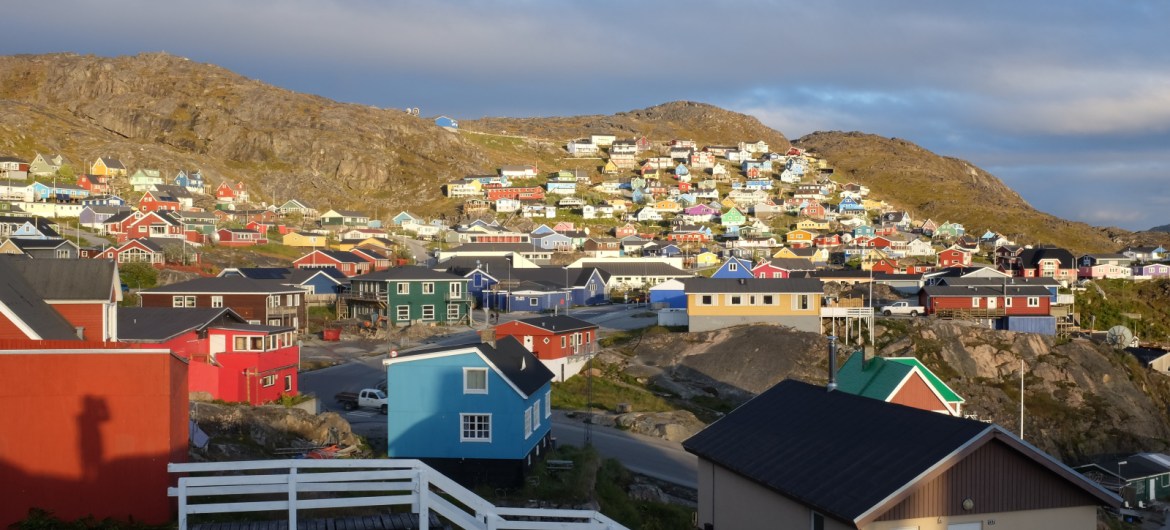
On April 23, the U.S. Department of State announced it was offering a $12.1 million aid package to Greenland. During a briefing on the administration’s Arctic strategy held by the State Department’s Office of the Spokesperson (transcript here), an American official described that the package would have three objectives: energy and natural resource development, education and people-to-people ties, and sustainable development, particularly of tourism and fisheries.
[Greenland welcomes US aid, but some lawmakers fear it could bring entanglements]
The official took pains to stress that America’s interest in helping Greenland is nothing new. He underscored that the country’s ties predate Trump’s fleeting aspiration to purchase Greenland last summer and, in fact, have roots extending back to World War II, and possibly even further. The official declared, “We have been, as everyone knows, an Arctic nation for 150 years, so it’s not new that we’re engaged in the Arctic, and we are pretty excited about the prospects of reopening our consulate in Nuuk later this summer.”
He mentioned the fact that a U.S. Consulate existed in Nuuk from 1940 to 1953. During World War II, less than a month after Nazi Germany began occupying Denmark in April 1940, the U.S. announced it would open a consulate in Greenland. (It also opened one in Iceland). The State Department’s justification for opening the consulate in Nuuk, then known as Godthab, was that “since communication between Denmark and Greenland has been interrupted, direct consular representation has been deemed advisable by the United States and by the Greenland authorities.”
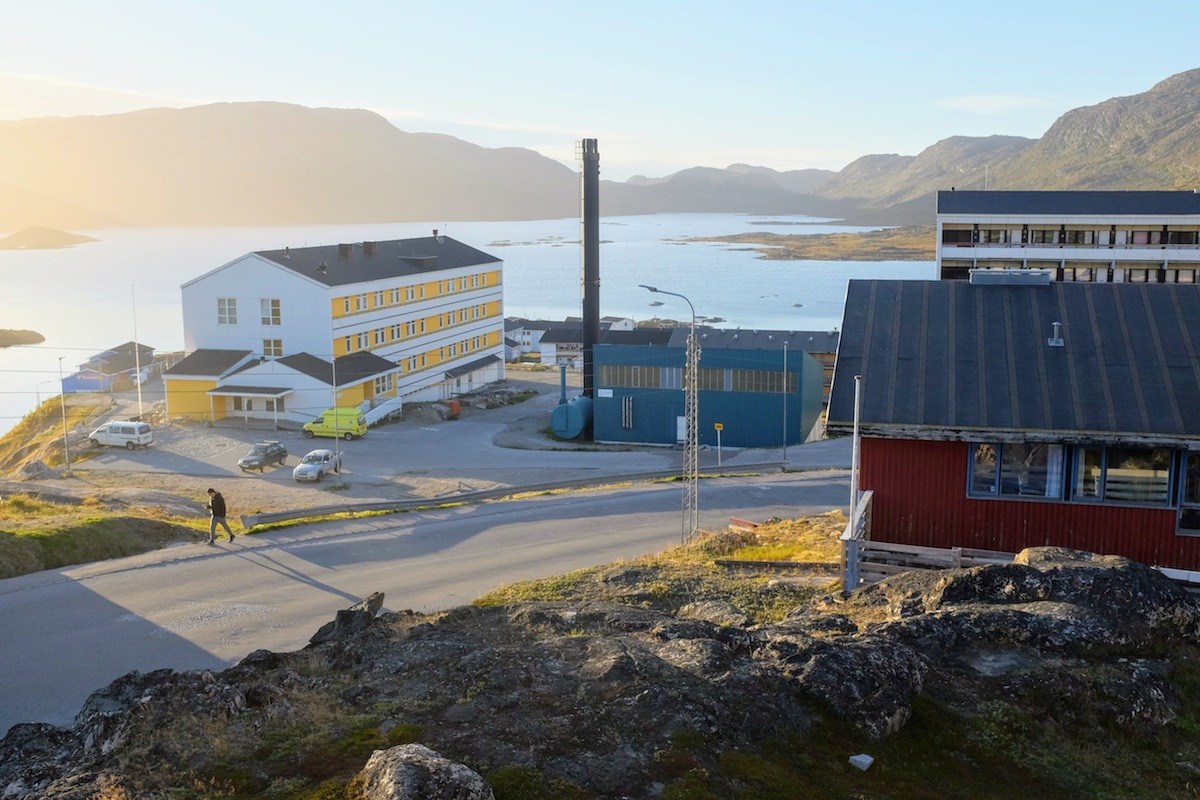
During the war, scientific cooperation also got underway, which the U.S. State Department official also emphasized during the press briefing. “The scientific cooperation that we started during World War II also continues to this day,” he offered.
Statements like these historicize and naturalize America’s interests in the world’s largest island, which former President Franklin Delano Roosevelt declared during both a press conference and one of his famous fireside chats in World War II to be “North American.” Since Greenland fell within America’s direct sphere of influence, the Monroe Doctrine would apply. In other words, the United States would not allow any European power (in this case, Germany) to further colonize the North American continent.
The ‘return of geopolitics’ in the Arctic: Enter the U.S., Russia, and China
During the briefing, the State Department official downplayed the novelty of America’s interest in Greenland. At the same time, he made it clear that a major motivation for what he called the “rebirth” of “America’s engagement in Greenland” is the “return of geopolitics.” The U.S. is adjusting its Arctic policy in reaction to “the desire of Russia and the People’s Republic of China to challenge the United States and the West,” he claimed. The U.S., it seems, is upping its game in the Arctic because of realpolitik challenges rather than other pressing issues like climate change or sustainable development.
Russia, it appears, is causing U.S. officials to lose some sleep as it builds up military capabilities in the region. The official acknowledged, however, that Russia still possesses “legitimate Arctic interests” and cooperates with the U.S. in areas like oil spill response and search and rescue.
China’s Arctic activities are rather more worrying to the U.S. Citing the alleged incident in which China threatened to drop a trade deal with the Faroe Islands if it did not permit Huawei to build its 5G network, the State Department official expressed, “We can’t necessarily assume its good intentions with regards to its activities in the Arctic.” (Other accounts, however, indicate that the Faroese were quite satisfied with the 4G network that Huawei built them in 2015. More recently, during the 5G negotiations, de facto Faroese prime minister Bárður á Steig Nielsen asserted that he did not feel “threatened or pressured by the Chinese authorities”).
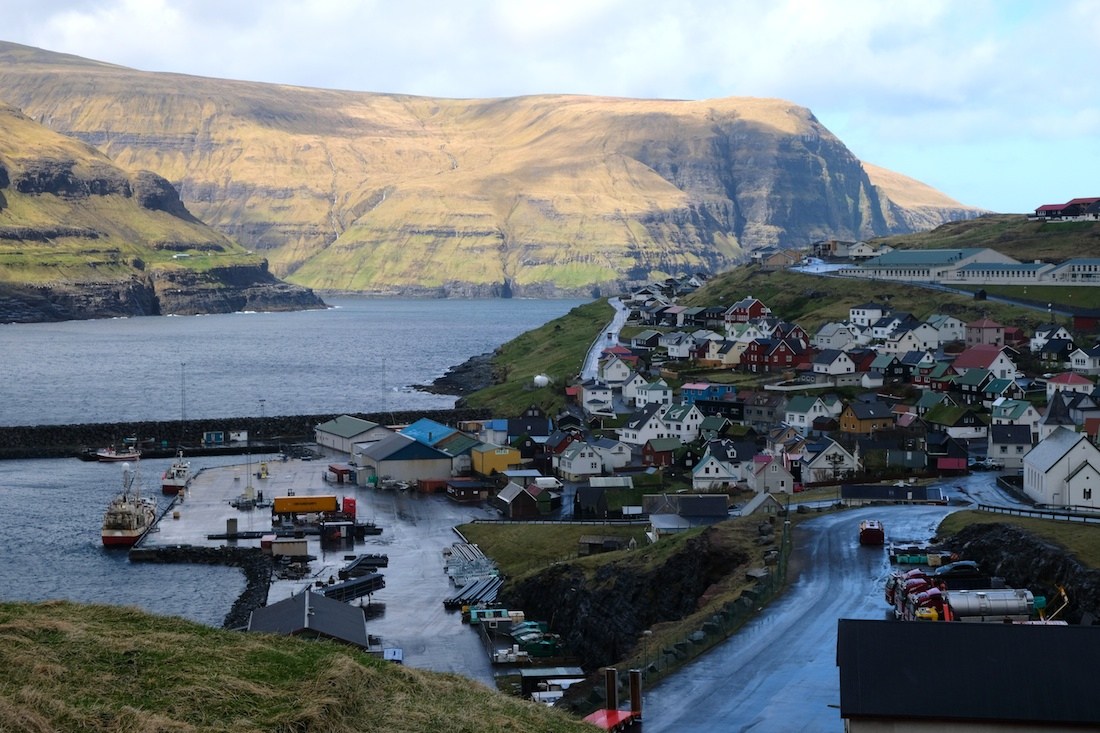
The State Department official excoriated China during his briefing, reiterating the words of U.S. Secretary of State Mike Pompeo at the Arctic Council ministerial in Rovaniemi in May 2019. “If I can quote Secretary Pompeo,” the official said, “’There are only Arctic states and non-Arctic states…No third category exists,’ so we do not accept Beijing’s claims to be a near-Arctic state.”
China: More of an Arctic state than the U.S.?
Yet despite America’s harsh rhetoric, China is increasingly looking like more of an Arctic state than the U.S., at least when it comes to foreign policy and investment. China, of course, still lacks territory north of the Arctic Circle, and the U.S. still has Alaska, where the federal government continues to spend billions of dollars. But Beijing’s foreign investments in Arctic projects are far outstripping what Washington, D.C. is doing beyond the borders of the 49th state.
The State Department official claimed that the U.S. offer of a $12.1 million funding package to Greenland is “good old-fashioned diplomatic tradecraft, if I can put it that way.” Sadly, “old-fashioned” might be an unwittingly accurate description, for the U.S. has failed to sharpen its Arctic strategy to keep ahead of the Chinese curve.
Last May, after Secretary of State Pompeo uttered his fighting words in Rovaniemi, I wrote that today’s Arctic geopolitics were “above his pay grade.” Despite America’s apparent fixation with the “return of geopolitics” in the Arctic, as I argued in that piece, “Geopolitical competition in the contemporary Arctic is not about who controls swaths of continents or oceans. It’s about who will write the new environmental regulations, the new guidelines for development finance, and the new rules on community consultations.”
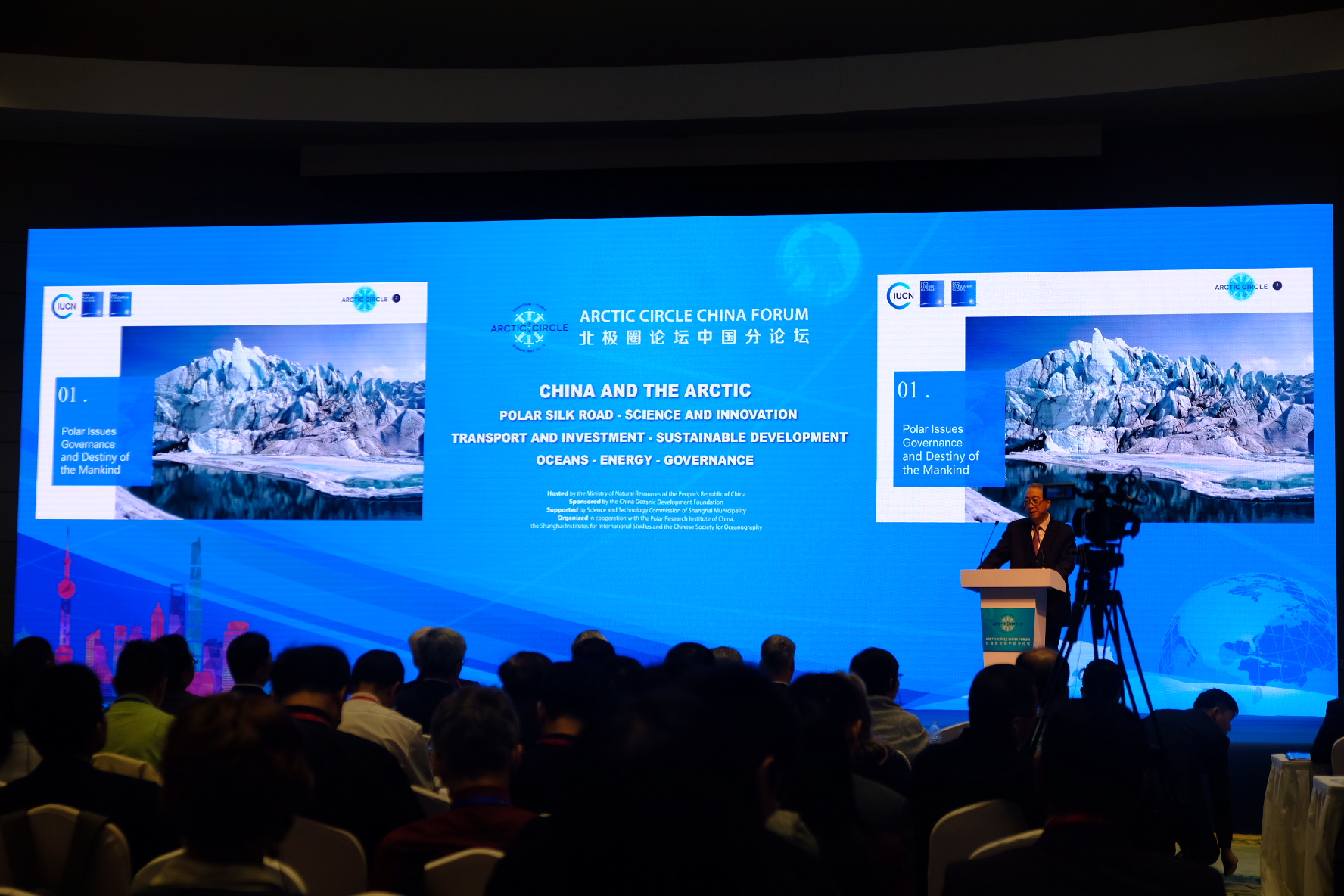
Stuck in the world of twentieth-century geopolitics, the State Department official described, “Greenland’s a critical part of the Greenland-Iceland-UK gap, which is increasingly important to us again as it was in an earlier period, in part because of what Russia has been doing in terms of its aggression in Europe and its buildup of military forces in the High North and in the Arctic.” He also accused China of disregarding international norms in the South China Sea, where three U.S. warships and an Australian frigate arrived earlier this week as a Chinese vessel was allegedly exploring for oil within Malaysian’s exclusive economic zone.
Military strategy remains important in the Arctic. But America’s myopic fixation with the geopolitical fault lines of yesteryear means that the government is overlooking the ways in which China is sliding under the radar in the Arctic, building up its influence through investments in resources, infrastructure, and science rather than in trying to acquire territory. Here are a few examples:
- When nobody (in other words, the U.S.) was looking, in 2015, China built an impressive 4G network across the Faroe Islands’ scattered archipelago.
- While the U.S. and Europe were sanctioning Russia, in 2016, China lent the country’s Yamal Liquefied Natural Gas project a whopping $15 billion – an amount 1,240 times larger than the entire U.S. package offered to Greenland. Then, in 2019, two Chinese oil companies acquired a 20% stake in Russian gas producer Novatek’s follow-up project to Yamal LNG, Arctic-2.
- In 2018, China built the world’s longest suspension bridge north of the Arctic Circle, the Hålogaland Bridge in Narvik, Norway.
- Also in 2018, as the Trump administration proposed slashing the National Oceanic and Atmospheric Administration’s budget by a billion dollars (including a 37% decrease in climate research funding), the joint China-Iceland Arctic Science Observatory opened just outside Akureyri in Iceland.
- In 2019, Chinese financier Touchstone Capital Partners (a British-registered firm with murky ties to the Chinese government) reportedly agreed to provide $16.9 billion in funding to the 60-mile Tallinn-Helsinki undersea tunnel project being pursued by Finnish game developer Peter Vesterbacka (of Angry Birds fame). The project has many doubts and still lacks backing from the Estonian and Finnish governments. Yet if it is ever realized, the tunnel could connect with the proposed Arctic Railway, an equally fantastical project that Vesterbacka is also trying to drive forward.
U.S. officials may believe they are countering China in the Arctic by calling out the country’s lack of regional legitimacy and claiming that its activities have ulterior motives. But as the above examples demonstrate, Arctic states are clearly eager to cooperate with the East Asian giant. It is mainly in Greenland, to which the U.S. still seems to be applying the nineteenth-century Monroe Doctrine, where Washington, D.C. has had any success in challenging Beijing’s endeavors, most notably by blocking Chinese entities from securing the contracts to renovate and build airports in Greenland.
America: Arctic partner of choice or partner of last resort?
“Our goal is to be the partner of choice for Arctic states…including in Greenland,” the U.S. State Department official avowed. But if the U.S. wants to compete with China in the world of Arctic diplomacy, it’s going to have to give a lot more greenbacks to Greenland and other Arctic communities, too.
Realistically, $12.1 million can’t buy much in the Arctic. Energy, resources, education, and tourism all cost a fortune to develop in the remote region. Here are just a few examples of the cost of doing business in the north:
- $45 million: Estimated cost of exploring the Kringlerne deposits of tantalum, niobium, rare earth elements, and zirconium in southern Greenland
- $75 million: Estimated cost of exploring the Kvanefjeld deposits of rare earth elements, uranium, and zinc, also in southern Greenland
- $250 million: Amount of funding approved by Greenland’s national assembly for improvements to two airports in Greenland and construction of a third
Thus, while the U.S. offer of $12.1 million is raising eyebrows in Denmark and beyond, ultimately, the amount is a pittance. It wouldn’t even be enough to explore one mine in Greenland.
U.S. foreign policy in the Arctic has failed to adapt
Back in the 1940s, the U.S. was a more innovative and engaged partner in the Arctic. In May 1940, the assistant director of disaster relief for the U.S. Red Cross sailed on USCGC Comanche to Greenland (along with the first U.S. Consul General to Greenland, James K. Penfield) to “explore the possibility of relief needs,” according to a story in the Evening Star, a Washington, D.C.-based newspaper. As Denmark was occupied by Nazi Germany, exports to Greenland of food supplies like grains, sugar, and coffee, which were packed onto four commercial ships a year, had been cut off.
Yet today, America’s Arctic foreign policy has not kept up with the times. Despite lacking Arctic territory, Beijing is outcompeting Washington, D.C. in sheer dollar terms. Greenland may be one place where the U.S. is able to keep China at bay, but in Russia, Norway, Iceland, the Faroe Islands, and Finland, it has already fallen behind.
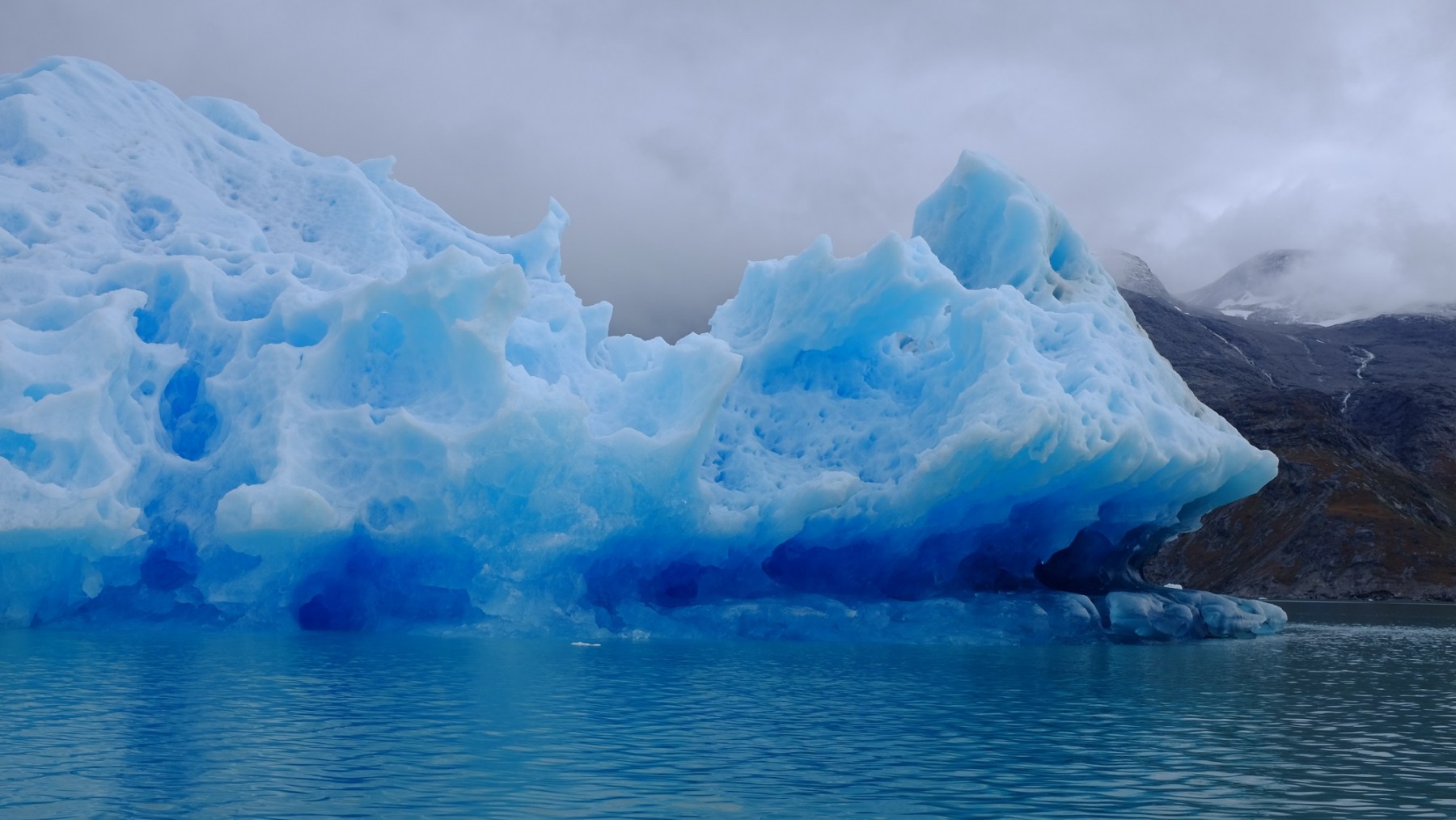
Perhaps the clearest example of America’s inability to pursue a forward-looking forward policy in the Arctic came during the question and answer session with the press. The exchange made it clear that the Department of State is doing little to deal to mitigate climate change, particularly any exacerbations that an uptick in resource exploration in Greenland stimulated by its package might cause (even though, granted, $12.1 million probably won’t be able to do too much damage).
LARA JAKES: I’m just wondering if I can ask this point blank: In the $12 million package that we’re talking about for Greenland, is there anything that would offset the Greenland ice loss?
SENIOR STATE DEPARTMENT OFFICIAL: Is there anything designed to offset Greenland’s ice loss?
JAKES: Correct.
SENIOR STATE DEPARTMENT OFFICIAL: No.
China: Billions for polar science and geoengineering
Meanwhile, in contrast to America turning a blind eye to sea ice melt and climate change, the Chinese government has sponsored research into Arctic geoengineering since at least 2015 under the country’s National Key Basic Research Program. The British-born professor who heads up the program at Beijing Normal University, John C. Moore, authored a commentary published in Nature in 2018 advocating for the geoengineering of glaciers in Greenland and Antarctica to slow down sea level rise. The publication claims that China is planning a $3 billion plan for polar research over the next decade that includes geo-engineering schemes.
So while America offers $12 million to Greenland and does nothing about ice melt, China is dealing in billions and reckoning with the disappearance of glaciers, too. Is America genuinely countering China in the Arctic, then, as a Wall Street Journal headline this week declared?
I think not.
Mia Bennet is assistant professor of geography at Hong Kong University’s School of Modern Languages and Cultures, and writes at Cryopolitics, where this piece first appeared. It is republished here with permission.
The views expressed here are the writer’s and are not necessarily endorsed by ArcticToday, which welcomes a broad range of viewpoints. To submit a piece for consideration, email commentary (at) arctictoday.com.